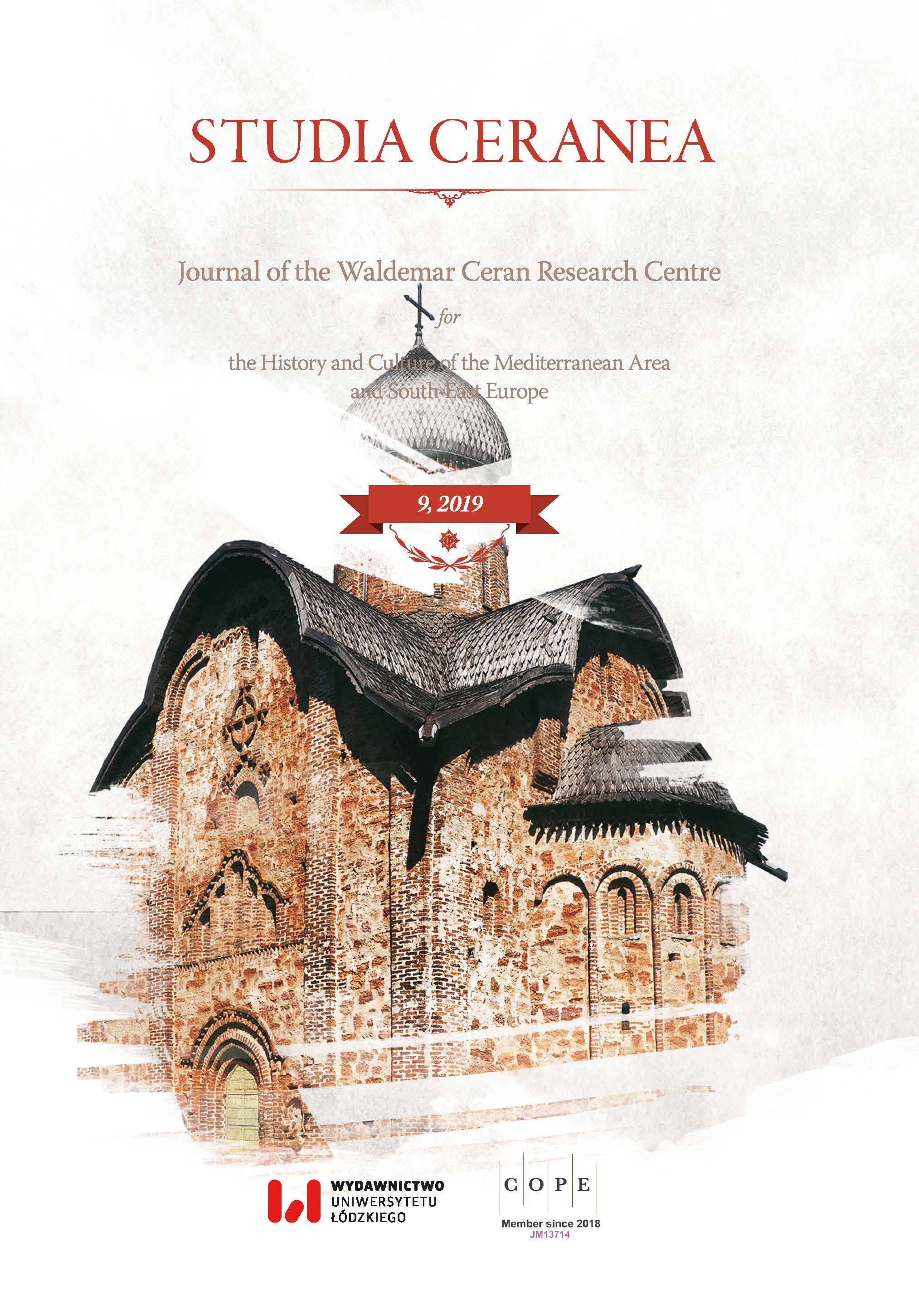Byzantine Themes in Polish High School Liberal Arts Education
DOI:
https://doi.org/10.18778/2084-140X.09.13Keywords:
Byzantium, national curriculum, teaching history, Byzantine motifsAbstract
The authors focus how Byzantine motifs are presented in the teaching of humanities subjects. The question of the presence of Byzantine motifs is essentially one about the presence of Byzantine heritage in Polish culture. With reference to two school subjects – Polish and History – the authors seek to establish what Polish school students are taught about the reach of Byzantine culture. Present-day teaching of both political and cultural history is underpinned by Occidentalism. Only occasionally is attention paid to the “Eastern” features of Poland’s past. A good example of this is the treatment of one of the most important Polish literary texts, the school perennial, Bogurodzica. This draws on Greek religious hymns, contain words originating in the Greek liturgy, and also alludes to a particular type of icon. Accordingly, the connections between the oldest Polish literary text and Byzantine culture are very clear. However, when classroom teachers discuss Bogurodzica with their pupils, detailing the above-mentioned features, are they aware that this text is an epitome of the presence of Byzantine motifs in Polish literature? Apparently not. With regard to the teaching of history, Byzantine motifs can be approached from at least three angles; in terms of imperial political events, in terms of religious (Eastern rite) aspects of Byzantine culture, and finally in terms of awareness of connections between Polish culture and Eastern rite Christianity, as well as Eastern nations and states viewed as heirs of Byzantine culture. In Polish history there has been a side-lining of the nation’s break with Eastern Christianity even though during certain periods this was the faith of half the Commonwealth’s inhabitants. The marginalisation of this topic does not simply impose a limit on knowledge but it prevents the understanding of particular aspects of our history.
Downloads
References
Herrin J., Byzantium. The Surprising Life of a Medieval Empire, Harmondsworth 2008.
Google Scholar
Janion M., Niesamowita słowiańszczyzna, Kraków 2016.
Google Scholar
Podstawa programowa kształcenia ogólnego z komentarzem. Szkoła podstawowa. Historia [General syllabus for comprehensive education supplemented with a commentary. Primary school. History], ed. W. Suleja, https://www.gov.pl/web/edukacja/podstawa-programowa-materialy-dla-nauczycieli2 [25 I 2019].
Google Scholar
Rozporządzenie Ministra Edukacji Narodowej z dnia 30 stycznia 2018 r. w sprawie podstawy programowej kształcenia ogólnego dla liceum ogólnokształcącego, technikum oraz branżowej szkoły II stopnia [National Education Minister regulation of 30 January 2018 on the general syllabus for the comprehensive education in high schools, vocational technical high schools and 2nd degree vocational school (2-year course following 1st degree 3-year course)], http://www.dziennikustaw.gov.pl/DU/2018/467 [25 I 2019].
Google Scholar
Downloads
Published
How to Cite
Issue
Section
License

This work is licensed under a Creative Commons Attribution-NonCommercial-NoDerivatives 4.0 International License.














